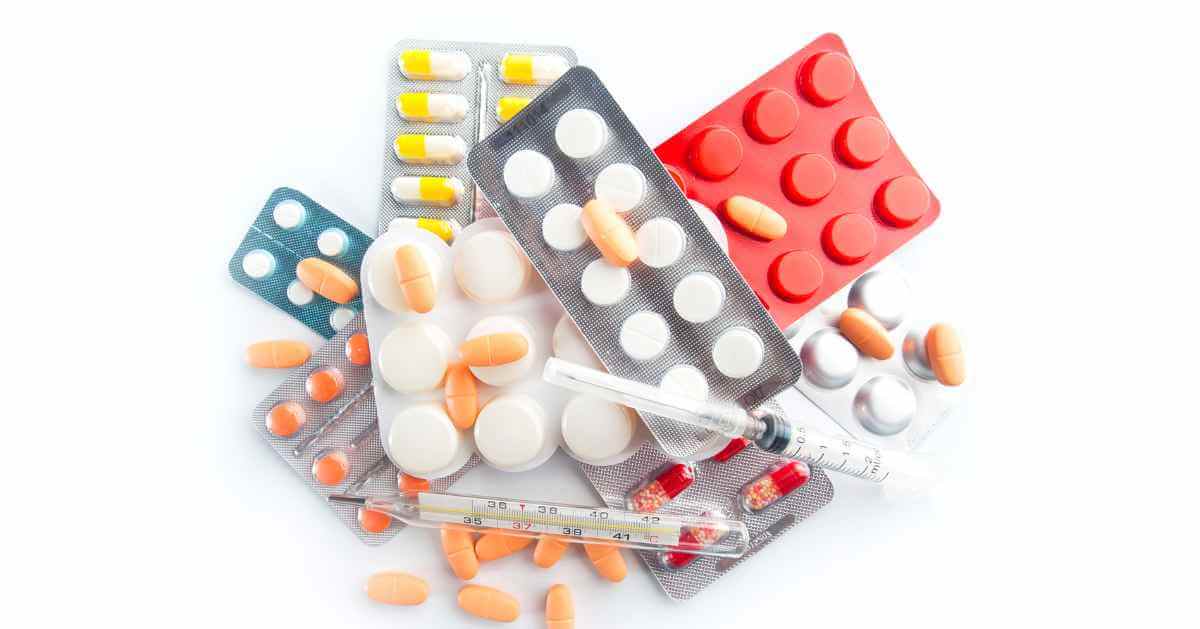Labeled for Safety: Understanding Medication Packaging

Medication packaging plays a crucial role in ensuring proper use and safety of pharmaceutical products. With the rise in self-medication and over-the-counter drug use, well-designed and informative labeling is more important than ever. This article will explore key considerations for medication packaging, including:
Preventing Medication Errors
Medication errors cause over 7,000 deaths annually in the US, and poor labeling contributes to many cases. Packaging should differentiate drugs and strengths. Labels must include legible text stating drug name, strength, expiration, directions, warnings, etc. Using tall man lettering for look-alike/sound-alike drug names can prevent mix-ups. Including barcodes allows automated checks during dispensing. Braille text ensures accessibility for the visually impaired.
Preventing medication mishaps requires vigilance across the entire supply chain. From manufacturing to pharmacy dispensing to bedside administration, there are opportunities for confusion or lapses in best practices. Packaging design is one critical safeguard to minimize risks during handling by providers, caregivers and patients. Utilizing labeling standards, human factors testing and redundant safety checks can help intercept errors.
Clear & Concise Labeling
Labels should include all necessary info concisely. Omitting non-vital text declutters packaging and highlights key details. Use plain language – avoid medical jargon, abbreviations or small text sizes. Icons can represent common instructions like “take with food”. Consider supplemental info sheets or package inserts for non-critical warnings and details requiring more explanation.
The most vital detail on medical packaging is making sure the label is correct, followed by the drug name, strength, administration guidelines, and expiration date. Extraneous content should be minimized or eliminated to help these core elements stand out. Supplemental pamphlets allow manufacturers to thoroughly list risks, side effects, and other useful specifics without cluttering the primary container. Carefully test label wording and format with end users to optimize clarity and comprehension.
Tamper-Resistant & Child-Resistant Features
Tamper-evident seals or packaging show consumers if a product has been opened or altered. For high-risk drugs, use heat-sealed pouches, breakable caps, sealed bottles, or other tamper-proofing. Child-resistant closures are vital for many medication categories. Requires skill and reasoning to open, but remains manageable for most adults. Alert users that non-child-resistant packaging is intentionally used for some drugs.
Medication security has two key aspects – preventing unintentional access as well as unauthorized tampering. While child-resistant containers block unsupervised ingestion, tamper-evident features maintain integrity throughout distribution. Specific categories like controlled substances require both protections by law. The appropriate combination of special packaging features should be determined based on risk assessment for each drug.
Proper Storage Instructions
List any special storage needs prominently, like “Store in the refrigerator” or “Protect from moisture.” Use visual alert icons. Consider factors like temperature sensitivity, light degradation, oxidation potential, etc. For combination drug-device products, provide usage details – priming instructions, number of doses, maintenance, etc. Instructions for safely disposing of expired or unused medications are also important.
In addition to labeling for safe use, packaging must also direct proper storage. Drugs each have unique chemical stability considerations. Providing clear, visible guidelines empowers patients and caregivers to maintain drug quality. Likewise, consumables like prefilled syringes require user education for optimal handling. Outlining disposal protocols prevents the diversion or environmental contamination of unused pharmaceuticals.
Intuitive Opening and Access
Packaging should be easy to manipulate with clear opening instructions. Assume users may need more dexterity or strength. Avoid fiddly plastic seals or tabs. Blister packs promote proper dosing, but sheets must separate easily one-handed. Built-in perforations prevent the need for scissors. If intended for travel, ensure portability and on-the-go functionality.
Beyond labeling, the physical package design impacts safe use. Patients potentially struggling with impaired vision or motor skills should be able to access and take their medication readily. Usability testing during development can identify any usage challenges or need for design modifications. Travel-sized packaging is considered portable for those who take meds away from home. Optimizing ergonomic factors reduces dosing errors.
Meeting Regulatory Requirements
Packaging must adhere to any applicable standards and regulations. In the US, FDA labeling guidelines cover content, format, placement, and more. Similar agencies govern requirements in other countries. Different label info may be mandated for prescription versus OTC status. Stay current with changing rules and update packaging accordingly. Consider clinical trial and GMP regulations during development and manufacturing.
Regulators aim to maximize proper medication use and minimize preventable harm through packaging and labeling rules. Keeping up with evolving federal or international mandates allows manufacturers to maintain compliance. Requirements typically scale with product risk levels and distribution controls. Beyond labeled content, manufacturing processes, and quality systems must also conform to current Good Manufacturing Practices.
Choosing the Right Packaging Provider
When selecting a packaging partner, look for expertise in creating pharmaceutical and supplement labeling that meets all legal requirements, the ability to test labeling for efficacy via focus groups and user studies, experience in implementing anti-counterfeiting and tamper-resistant features, quality control and inspection practices that ensure accuracy; and knowledge of regulations across multiple global markets for drug developers seeking worldwide distribution. With a reliable vendor thoroughly versed in medication labeling, manufacturers can ensure their products have packaging and instructions optimized for safety and proper use.
